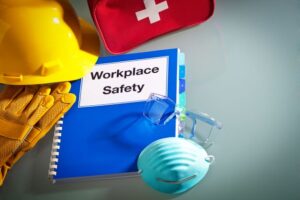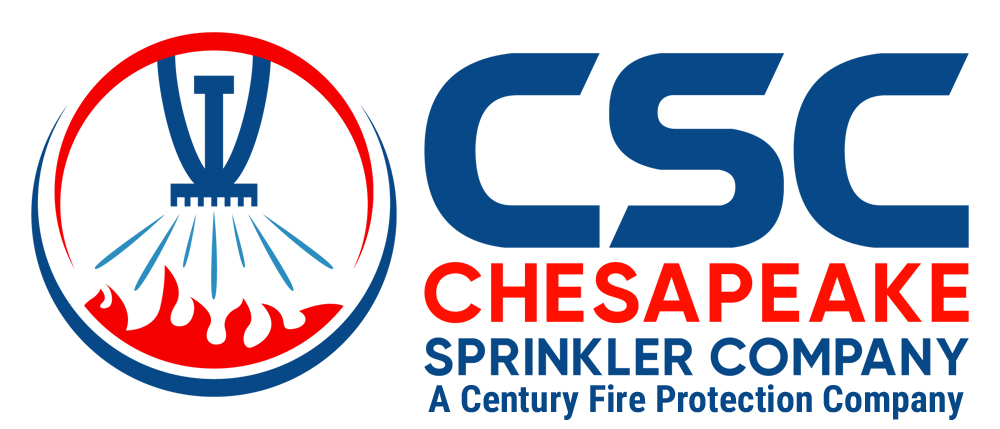Most people don’t expect a fire to happen at work. However, the sobering truth is that lives are on the line when a fire emergency occurs in the workplace. You and other leaders at your company must know how to conduct a fire drill to prepare your employees to ensure they stay safe in the event of a fire. When you regularly schedule fire drills and train your team to act quickly, your company can plan for a cohesive emergency response and a better probability of preventing injury or loss of life. We’ll provide a step-by-step guide on how your company can prepare for a potential fire emergency, crucial considerations for emergency procedures, and equip employees to exit the building safely in case of a workplace fire.

Learn the essentials of workplace fire drills.
Develop a Detailed Evacuation Plan
You don’t want to send your employees scurrying for the fire exits when a fire alarm sounds. Instead, it’s best to make a detailed fire evacuation plan. You’ll want to consider the following scenarios:
- Where is a fire most likely to start in your building?
- Are there areas of your building more likely to start fires, such as kitchen appliances or chemicals in the warehouse?
- Are wildfires a threat in your building during the summer?
- What is the fire code/maximum occupancy limit for your facility?
Here are some solid strategies for creating an effective fire evacuation plan:
- Designate roles and responsibilities for your evacuation team
- Create comprehensive fire drill procedures
- Plan and map out escape routes, emergency exits, and evacuation procedures
- Understand your tools, such as fire alarms, smoke detectors, and fire extinguishers
- Rehearse fire drills twice a year
The Procedures of Fire Drills
Here are five streamlined steps to help you conduct fire drills in the workplace.
- Ensure everyone is on board by ensuring everyone, from leaders to entry-level employees, understands the evacuation plan. Also, ensure that everyone understands how vital fire drills are in the first place.
- Effectively communicate your plan by posting it in places that employees frequent. Including it in the employee portal, intranet, website, and Slack channel is also helpful if these apply.
- Establish goals by setting a time for how long a fire drill should take, and try to improve your goals each time. Weill Cornell Medicine Environmental Health & Safety states that a fire drill should take between five and 15 minutes.
- Rehearse complex situations by putting obstacles in the way, such as closed stairwells or blocked exits, to simulate a realistic environment.
- Observe and reflect by watching what happens when conducting fire drills. You want to take notes on what’s working well versus what isn’t and what obstacles might get in the way. Pay attention if employees don’t follow designated escape routes or take the time to grab coats or phones. See if there are any difficulties for impaired or disabled people.
We hope that you’ve found these tips helpful and you’re one step closer to keeping yourself, your employees, and your building safe—another part of preparing for a fire is the proper fire protection systems. If any of your equipment needs an update, contact us today.
Contact Chesapeake Sprinkler Company Today!
Chesapeake Sprinkler Company is a leading fire sprinkler contractor in the region, which is now a 100% employee-owned (ESOP) company. As a full-service fire protection company, we offer design, fabrication, installation, testing, maintenance, and inspection of fire protection systems—everything you need from your fire suppression specialist. For more information, please email or call our Odenton location at 410-674-7041, our Ashburn location at 703-729-5150, or for service/maintenance Chesapeake Protection Services at 410-674-7577. For emergencies, call 800-298-3473 (FIRE). Feel free to keep in touch through Facebook, Twitter, or LinkedIn!
